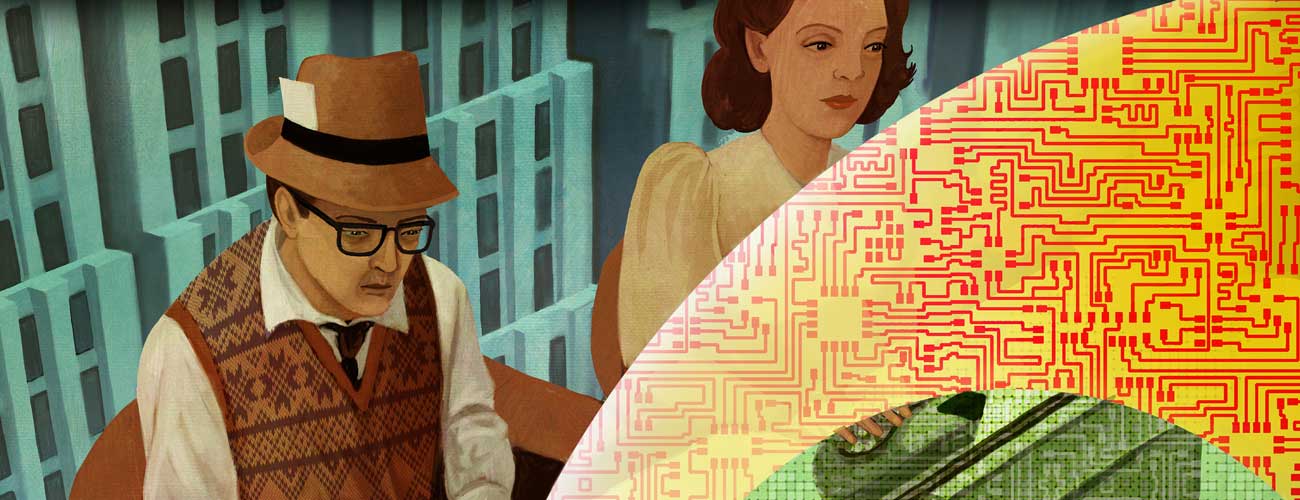Sign up for the daily CJR newsletter.
Every building holds a story within its walls. The towering spires of cathedrals stand guard over their worshippers’ prayers and confessions. The majestic domes of state capitols project power to a citizenry whose lawmakers quarrel and barter inside. Newspaper buildings have their stories, too. They hold the tales of reporters who drive toward hurricanes when everyone else is driving away. Who sleep on the coiled springs of military cots for a frontline view of war. Who tell other people’s stories, and think it is their calling to do so.
The newspaper building I know best is at 1150 15th Street NW in Washington, DC. It is the home of The Washington Post and its facade is nothing exceptional, but the stories it holds are second to none. Stories about Watergate, about the Pentagon Papers, about the scramble to cover the concave ruins of September 11, 2001. The Post building is the one I walked into for 25 years, and it houses my stories, too, the kind that help make up a life.
In a few more months, it won’t be a place where journalists record history, or do much of anything else. The building was sold two years ago for $159 million by former owner Donald Graham and his new company, Graham Holdings. That’s only about $100 million less than he got for the whole company when he sold it to Jeff Bezos. Soon the newsroom employees will be heading to a new neighborhood.
The number of old and grand newspaper buildings that have been sold in the last few years could fill a small town. As David Uberti describes in his optic tour of the landscape, they include the Cleveland Plain Dealer, the Minneapolis Star Tribune, the Press Herald in Portland, Maine (now a hotel), and the Detroit News and Free Press, which recently vacated the building where I began my career.
Uberti deconstructs the ways in which these buildings have shaped our sense of journalism and its rightful place in society, back when they were built, but also now. When their foundations were laid, the buildings were viewed as markers of a towering public institution, empowered to keep track of the other institutions in town—the governor’s office and the state legislature, the courts and the police.
Local news operations are learning to have a smaller sense of themselves. They are no longer the dominant voice or, in some cases, even a consequential one. In some communities, newspapers aren’t a voice at all.
Unfortunately, these imposing buildings have transformed into relics that tied their print occupants to an era that no longer exists. The digital forms by which these newsrooms now reach much of their audience would seem to defy the notion of brick and mortar altogether.
If these papers are selling off the past to save their future, then perhaps that’s a wise move, difficult as it may be.
The eminent architect Louis Kahn once said: “Even a common, ordinary brick . . . wants to be something more than it is. It wants to be something better than it is.”
But sometimes, a brick is just a brick.
Has America ever needed a media defender more than now? Help us by joining CJR today.







